The Guanches: Prehistoric Culture of the Canary Islands
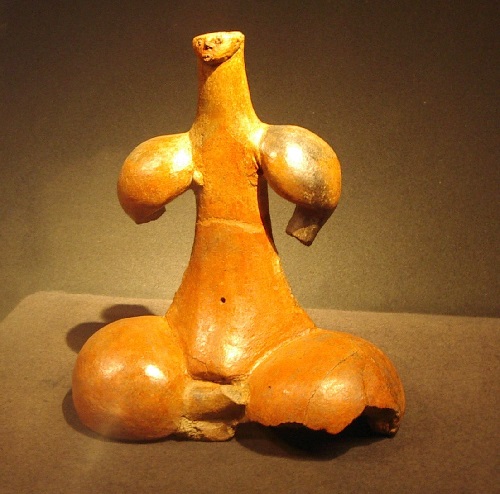
Earlier this summer I was fortunate enough to spend two weeks working on Tenerife, one of the Canary Islands. This island chain is owned by Spain and sits just off the coast of Western Sahara. Besides having my first flying lesson, I got to drink lots of wine explore the island’s culture and history. In prehistoric times, the Canary Islands were home to a native people called the Guanche. While they had no writing of their own, some of their language has survived in the local dialect and has similarities to Berber. For thousands of years they kept their culture intact, being visited by the Carthaginians, Greeks, Romans, Phoenicians, and Arabs but remaining uncolonized until the Spanish landed in 1402.
The Guanches came to the islands by 1000 BC, although some archaeologists claim they arrived much earlier than that. They survived by a mixture of farming and fishing and were divided into several small kingdoms. Each island was fairly isolated from the others and in fact Guanche is only the term for the people of Tenerife. The other islands each had their own distinct term but Guanche has now become the general term.
Sadly, the Guanches suffered a common fate of colonized peoples. Many died off from war and disease, or merged into the Spanish community through marriage. A significant percentage of modern Canary Islanders boast Guanche blood and names. The coolest survival from those times is Silbo, a whistling language that you can see on this video. The sharp whistles used in Silbo carry far across the mountains and valleys of these rough islands and were a common means of communication until very recent times.
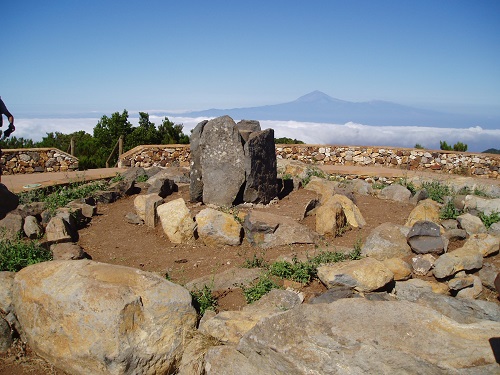
Most of original culture, however, has faded, and little is known about it for sure. Now archaeologists are trying to piece it together. They’ve found that the Guanches built megalithic sanctuaries on prominent landmarks, and rock art was especially common. Little is known about their belief system, but we’re given tantalizing hints through folklore and the human, animal, and geometric motifs in their art. There was a supreme being called Achamán, and other deities who lived in the mountains. There were demons too, including a nasty one that lived on the volcano at the center of Tenerife. Guanches also had to watch out for the fearsome Tibicena, minor demons in the form of big black dogs with glowing red eyes who came out of their caves at night to terrorize the locals.
Archaeological work on the islands is continuing despite Spain’s financial crisis and hopefully more will be found out about this distinct prehistoric culture. It makes for a nice change from the usual stuff you see in Spanish museums! You can read about the better-known eras of Spain’s history in my posts on Celtiberian, Roman, and Medieval Spain.
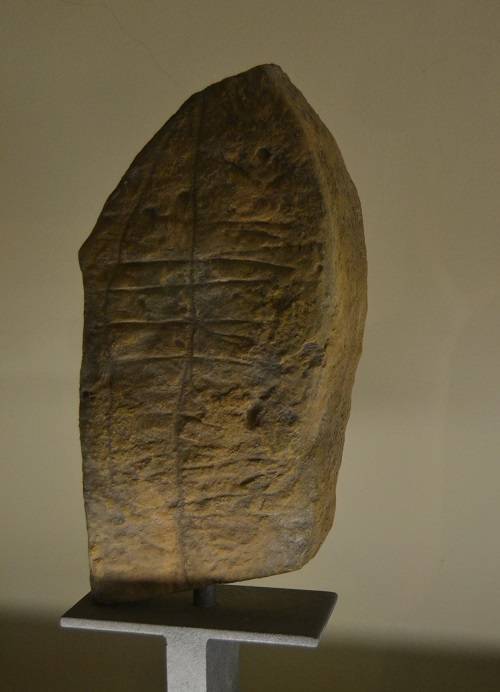
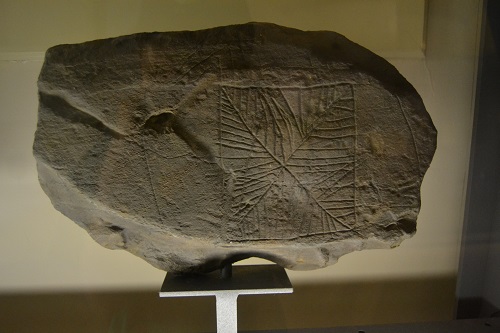
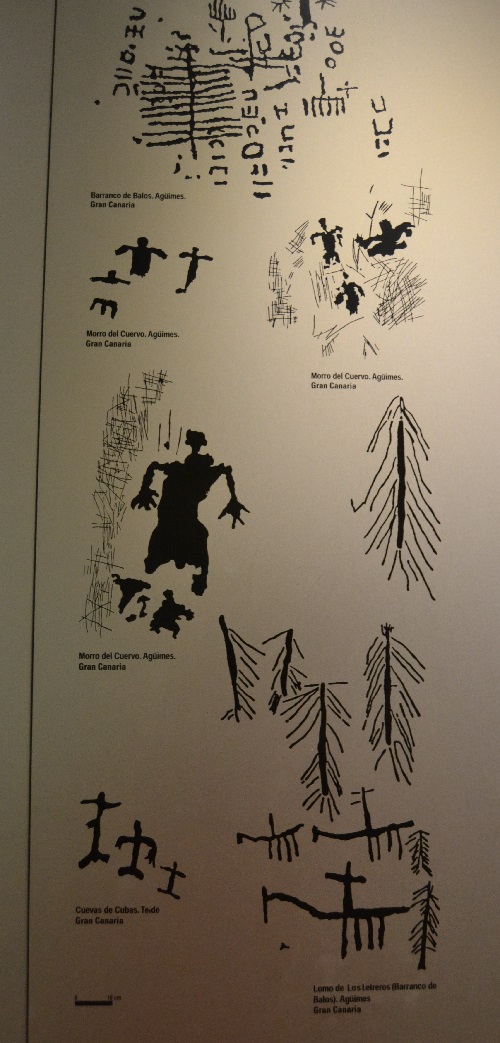
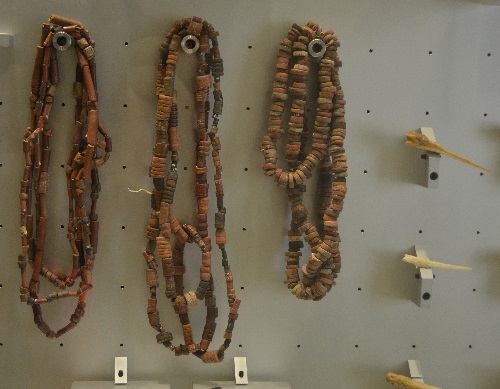
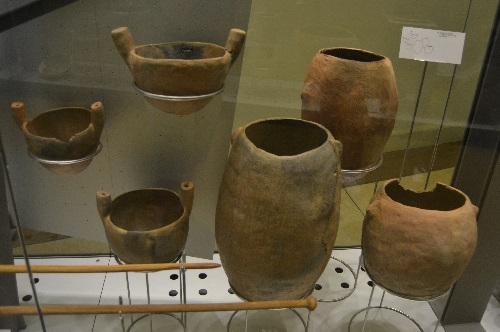
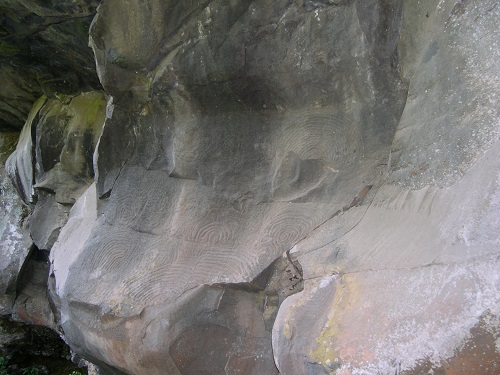
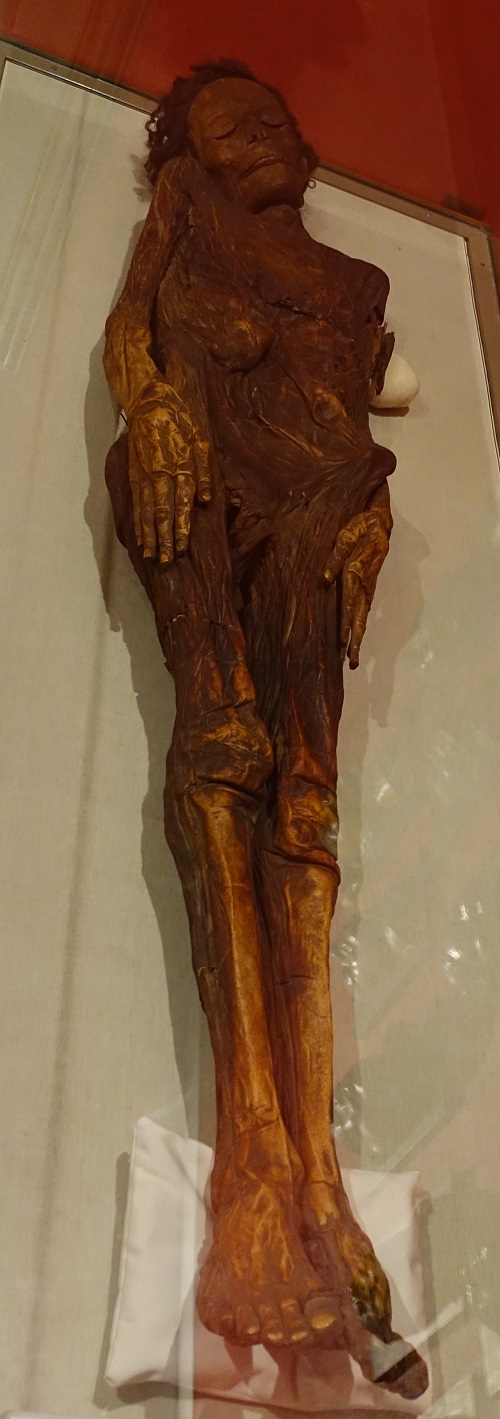
Sean McLachlan is the author of the post-apocalyptic Toxic World series and several other titles, including his action series set in World War One, Trench Raiders. His historical fantasy novella The Quintessence of Absence, was published by Black Gate. Find out more about him on his blog and Amazon author’s page.
All photos copyright Sean McLachlan unless otherwise noted.
That whistling video is amazing.
The animal connections are also very interesting, since the islands are named after dogs (Latin, canis) and our little canary birds are named after the islands.